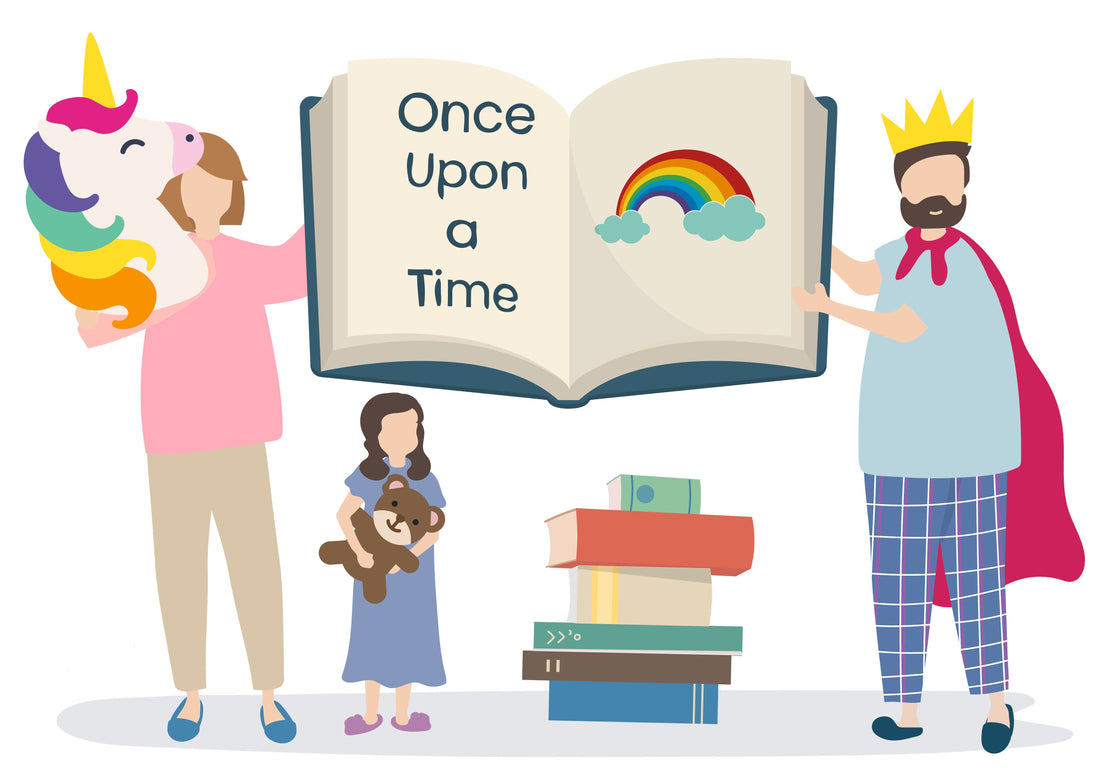
Why Some Stories Should Take Longer to Tell
Share
In a world where fast updates, quick summaries, and short-form content dominate much of communication, the art of slow and thoughtful storytelling can feel overlooked. Yet, some stories are not meant to be rushed. They carry layers of emotion, detail, and complexity that demand time and patience from both the writer and the reader. Taking longer to tell a story allows the meaning to unfold naturally and ensures that the audience can fully absorb its impact. While quick anecdotes have their place, there are moments when slowing down is what gives a story its true power.
At its core, storytelling is not just about relaying events. It is about capturing human experience in a way that resonates deeply. When we take time to build context, flesh out characters, and describe events with care, the end result becomes more immersive. Readers do not just learn what happened, they feel it. In this article, we will explore why some stories deserve to be told slowly, how pacing shapes understanding, and why deliberate story writing remains an essential craft in a fast-moving age.
The Value of Depth in Storytelling
One of the strongest reasons some stories take longer to tell is depth. When a writer chooses to go beyond surface-level description, they offer an opportunity for readers to connect more closely with the subject. Whether it is a personal memoir, a historical account, or a fictional narrative, depth adds richness that quick summaries cannot provide. Slow pacing allows space for reflection, giving the audience time to think about what they are reading and relate it to their own lives.
For example, consider a story content piece about a family’s migration journey. A brief version may highlight the move, the challenges, and the resolution, but it would miss the subtle emotions—the excitement, the fears, the quiet sacrifices—that truly shape the experience. By stretching the narrative, the writer brings out details that transform a simple retelling into an engaging human story. In this way, depth ensures that the message does not fade quickly but stays with the reader long after the last line.
Emotion Cannot Be Rushed
Stories often carry emotional weight, and emotions do not unfold in an instant. Readers need time to process sadness, joy, or suspense, and that is only possible when a story is told at the right pace. In story writing, slowing down during key moments gives emotions room to breathe. Instead of rushing to the conclusion, writers can build tension gradually, allowing every twist to resonate fully with the audience.
Think of a novel where a character faces loss. If the moment is described in just a few sentences, it may pass without impact. But when the writer lingers on small gestures—the sound of silence in a room, the memory of past laughter, the physical stillness that grief brings—the scene becomes powerful. Here, slowing down does not mean dragging the narrative unnecessarily. It means honoring the emotions and giving them the time they deserve. Good story content thrives on these moments because they create genuine connections with the reader.
Building Strong Characters Takes Time
Characters are the heart of many stories, and building them well is rarely a fast process. To make characters believable and relatable, writers need to show not only their actions but also their thoughts, motivations, and contradictions. This requires patience and space in the narrative. Readers should feel like they know the character personally, and that level of familiarity comes only from spending time with them across multiple moments and situations.
When story writing is rushed, characters risk becoming flat and one-dimensional. They may seem like plot devices instead of people with depth. But when a writer allows more time, characters evolve naturally. Their growth, struggles, and triumphs feel authentic. Whether it is a hero’s long journey of self-discovery or an ordinary individual facing extraordinary challenges, character development depends on the decision to let the story unfold slowly.
Context Creates Understanding
Another reason some stories take longer to tell is the need for context. Without background, events can feel incomplete or confusing. By providing context—historical, cultural, or personal—the writer helps the audience grasp not just what happened, but why it matters. This deeper understanding transforms a simple narrative into meaningful story content.
Take a story about a scientific discovery. Without context, readers might only learn the basic result. But with context, they can appreciate the challenges faced, the failures endured, and the larger impact on society. The story becomes more than an event; it becomes part of a bigger picture. In this way, longer storytelling provides clarity, ensuring the audience sees the full significance of the subject.
The Rhythm of Storytelling
Every story has a rhythm, much like music. Some moments require a quick tempo, while others benefit from slowing down. Skilled writers adjust pacing to guide readers through highs and lows, ensuring the narrative feels natural and engaging. This rhythm cannot be rushed, especially in stories where atmosphere and suspense are key elements.
In story writing, pacing determines how information and emotions are delivered. A rushed rhythm risks overwhelming the reader or making the story forgettable. A carefully measured pace, however, creates balance. It gives the audience time to breathe between moments of intensity and keeps them invested until the end. Stories told at the right pace are not just consumed, they are experienced.
Why Shortcuts Weaken Stories
Modern audiences are often conditioned to prefer quick consumption. Social media highlights, fast news cycles, and short clips dominate attention spans. However, not every story should be compressed into a few lines. When storytelling takes shortcuts, it loses the nuances that make it memorable. The danger of oversimplification is that it strips away emotion, context, and depth, leaving behind something shallow.
For instance, turning a rich family saga into a brief summary may provide the outline but none of the texture. Readers miss the conflicts, the reconciliations, and the emotional lessons embedded in the journey. In story content, brevity can sometimes serve a purpose, but when overused, it weakens the message. Longer storytelling ensures that important details are preserved, giving stories the fullness they deserve.
Patience as a Creative Choice
Patience is often the most underrated skill in story writing. Writers who take time to shape their narratives carefully often produce work that resonates more deeply. Choosing to tell a story slowly is not about delaying the outcome but about respecting the process. It acknowledges that some truths cannot be expressed quickly and that understanding grows over time.
Readers, too, play a role in this. Patience on their part allows them to appreciate the writer’s craft and absorb the richness of the story content. Instead of rushing through pages, they learn to sit with the narrative, reflect on its meaning, and connect with it personally. Patience, therefore, is both a creative choice for writers and an act of openness for readers.
The Lasting Impact of Slow Stories
Stories that take longer to tell often leave a stronger impact. Their depth, emotion, and rhythm ensure they are remembered long after they are read. These stories linger because they offer more than just information; they provide an experience. Whether it is a novel, a memoir, or a carefully crafted article, longer stories give readers something to return to, reflect on, and even share with others.
In today’s fast-paced world, these lasting stories are especially valuable. They remind us that some things cannot be rushed without losing their essence. Story writing that embraces length and patience creates content that stands apart from the fleeting noise of quick media. These stories become anchors, offering perspective and meaning in a landscape of constant movement.
Conclusion
Some stories are not meant to be told quickly. Their richness lies in the details, emotions, and contexts that take time to unfold. While quick summaries have a place in modern communication, deeper narratives remain essential for capturing the full human experience. Story writing that allows for slow pacing creates story content that is memorable, meaningful, and impactful. By respecting the rhythm of storytelling and giving patience a role in both creation and reading, we ensure that stories do not just inform but truly resonate.
